If you’re interested in physical health, chances are you’ve heard about HIIT workout (high-intensity interval training) in the last few years. Those intense but effective HIIT workouts have been much appreciated, and for a good reason.
The effectiveness of HIIT workouts
During HIIT workouts, participants perform repeated short rounds of high-effort exercise and rest periods. Due to the intensity required for high-effort periods, this training type tends to be faster than in the traditional exercise format. Each period of intense exercise follows a short resting period. A full HIIT workout can be as quick as 15-20 minutesin . For people with limited time, HIIT is ideal, and the benefits are impressive.
How to do HIIT

In HIIT workouts, periods of intense work last between 5 seconds and 8 minutes. That usually depends on the exercise’s difficulty and physical condition, performed at 80-95 percent of the maximum heart rate. Each burst of activity follows a recovery period. These is low-intensity movement performed at 40 or 50 percent of your maximum heart rate.
The main goal during these workouts is to get as much work done as quickly as possible. Many HIIT workouts use traditional exercise equipment like cardio machines or weights. Still, you can perform many of them using just your body weight. That makes them easy to maintain during travel and perfect for a short break during the day. Labor. Perhaps the most popular HIIT workout is the New York Times 7-minute workout, which was initially published in 2013. Seven years later, it has its app and a loyal following. This HIIT workout asks users to do 30 seconds of 12 high-intensity movements. These can be jumping jacks, abdominal planks, and lunges, with a 10-second rest in between.
How it feels
Simply put, HIIT workouts are brutal. They are supposed to be like that since, in less time, it generates better results in shorter periods than traditional exercise. While doing HIIT workouts, my arms and legs become exhausted and shaky. Participants have to overcome exhaustion to get to the next rest period.
Research shows that HIIT workouts offer benefits sooner than other types of exercise. Additionally, many may favor it for fewer fit individuals who experience higher cellular stress ranges that increase stamina from HIIT workouts. Highly experienced or high-endurance athletes also have cellular stress but not to the same extent.
How does it work
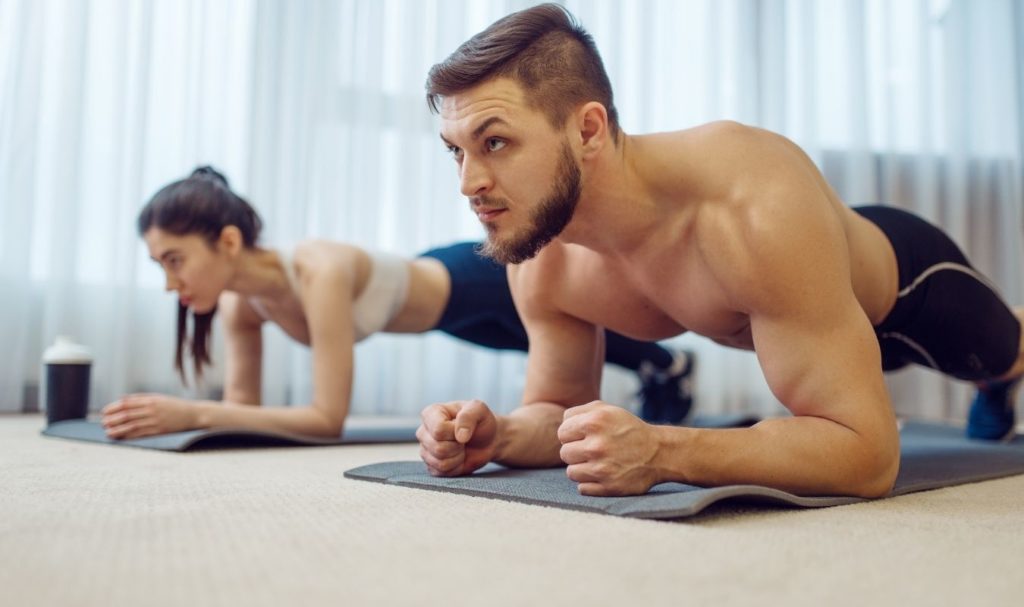
So what is the scientific secret behind HIIT workouts? It’s in the details behind cellular stress. During high-intensity exercise, the chemical channels within muscle cells responsible for variations in calcium become confused. This confusion creates a change at the cellular level that requires energy production to be more efficient.
For people exercising, this translates to more endurance and more muscle mass growth. The benefits of HIIT workouts go beyond training. In general, calories burned are higher on average than in traditional activities. This is because the body uses excessive oxygen consumption after exercise. When the body is in restoration mode, it uses more energy after workouts. HIIT workouts help burn more calories than other types of exercise. The American College of Sports Medicine (ACSM) explains the available benefits, including:
- Aerobic and anaerobic workouts
- Blood pressure
- Cardiovascular health
- Insulin sensitivity
- Cholesterol profiles
- Weight and abdominal fat
How to start
There are risks to consider with any exercise program, so check with your doctor about HIIT workouts before you start. If your doctor approves, do your research. The internet, the world of apps, and television shows are full of exercise ideas. You can try these exercises and easily modify them to your fitness level. Start gradually, perhaps once a week, and eventually increase to two or three weekly workouts.
Exciting information on other recent studies and research on HIIT
Obesity, and more specifically, the accumulation of excess body fat, is a severe global health problem proliferating. More than 39% of adults were overweight. 13% were obese in 2014. Finally, the predominance of overweight and obesity has doubled worldwide since 1980.
Being overweight or obese is a significant risk factor for cardiovascular and metabolic disorders. Especially atherosclerosis, type II diabetes, and metabolic syndrome. It increases the risk of death from any cause.
In particular, central steatosis refers to adipose tissue deposited explicitly in the trunk. This causes visceral fat around the major organs and a series of negative adaptations to cardiovascular structure and function, increasing the risk of disease or mortality.
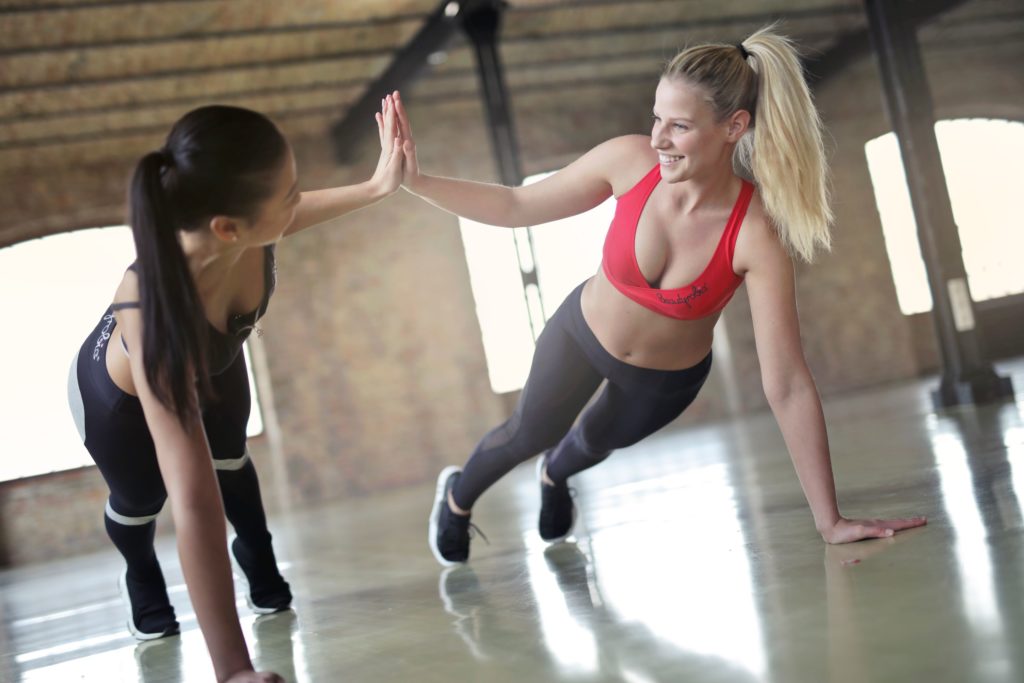
Physical activity benefits for weight control, reducing core obesity, and managing obesity are well documented. High-intensity interval training (HIIT) has recently become a popular alternative, primarily due to its efficiency over time. A lack of time has been cited as a common obstacle to exercise participation. I will.
A systematic review and a recent meta-analysis from 2017 of the same year, which compared the effects of (HIIT) and continuous moderate-intensity training (MICT), showed that adults with overweight and obesity (18-45 years) improved body composition. The average workout is a HIIT session 3 times a week for 10 weeks.
HIIT and Fat Loss
Both HIIT and MICT cause a significant reduction in fat mass and waist circumference. HIIT achieves this with less training time.
Well, both HIIT and MICT have been reported to cause a significant reduction in fat mass and waist circumference.
There were no significant differences between HIIT and MICT in body composition measurements. However, HIIT reduced training time by 40%.

The results of another recent systematic review and meta-analysis from 2017 this year are very similar. HIIT improves maximal oxygen uptake (VO2 max) and some cardiometabolic risk factors. Waist, body fat percentage, resting heart rate, systolic and diastolic blood pressure, fasting blood glucose in overweight or obese populations.
HIIT improves cardiometabolic health in overweight or obese populations and produces significant positive physiological adaptations. That causes to reduce disease-related risk factors’ incidence and progression.
Performing HIIT in overweight or obese populations can improve cardiometabolic health. Also, reduce the incidence and progression of risk factors related to diseases related to overweight or obesity. It leads to various physiological adaptations—aerobic capacity.
However, more studies will determine whether these metabolic adaptations after HIIT extend to an average-weight population.
Because HIIT workout regimens require a minimal time commitment, HIIT can improve metabolic heart health as a time-efficient alternative or supplement to the commonly recommended MICT.
Therefore, HIIT can improve cardiopulmonary function and reduce body fat in the population. Of course, under proper supervision and pre-exercise testing conditions. As a beginner,, you must follow the HIIT exercise program thrice a week for 12 weeks.
HIIT Improves Health-Related Physical Condition in Teenagers and Childhood Obesity
A recent systematic review and analysis found that high-intensity interval training (HIIT) effectively improved cardiopulmonary function. It also improved body composition in adolescents (13-18 years) compared to no-exercise groups. They provide a moderate intensity of continuous training.
This study showed statistically significant improvements in cardiopulmonary function, and body mass index (BMI). It also helped decrease body fat percentage during adolescence after the HIIT intervention.
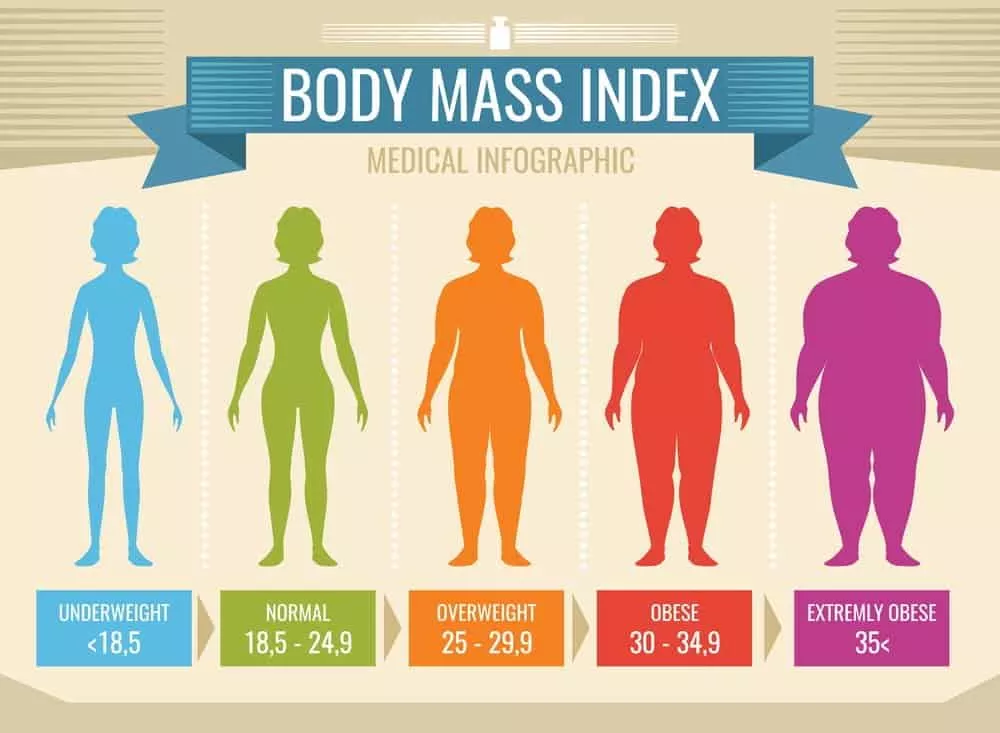
HIIT improved teenagers’ cardiopulmonary function, body mass index, and body fat percentage
The duration of the study emerged as a moderator of the body fat percentage. This indicates that the HIIT intervention is as effective or longer than the 8 weeks.
The authors also recommend integrating strength training into the HIIT program to build strength for teens.
On the other hand, physical activity has multiple health benefits. It is an essential factor in managing childhood obesity.
Published in 2016, a meta-analysis evaluated the effectiveness of HIIT training interventions on cardiometabolic risk factors and aerobic capacity in childhood obesity (ages 6 to 17 years).
The HIIT intervention induces more favorable adaptations in the central and peripheral cardiovascular system than other exercise forms.
This study shows that the HIIT intervention (4 to 12 weeks) significantly reduces systolic blood pressure. Besides, it increases maximal oxygen consumption (VO2max) more than other forms of exercise (continuous medium intensity and interval training). Show that it brings it in line with the study analyzed in the previous point.
The results suggest that the HIIT intervention induces more favorable indications in the central and peripheral cardiovascular systems. Therefore, HIIT is a more effective and time-saving intervention. This leads to improving blood pressure and aerobic capacity levels in obese adolescents than other exercise types.
HIIT Improves Vascular Function
Vascular dysfunction is a precursor to the atherosclerotic cascade (atherosclerosis is a degenerative disease that damages the aorta lining) and significantly increases susceptibility to cardiovascular events, myocardial infarction, and stroke.

Since high-intensity interval training (HIIT) is a powerful way to improve cardiorespiratory fitness, the purpose of recent systematic reviews and meta-analyses is to review the evidence of HIIT’s impact on vascular function compared to training. It was to quantify the continuity of medium intensity (MICT).
A typical HIIT workout is four 4-minute intervals (HIIT 4 × 4) at 85-95% of maximum heart rate, with a sparse 3-minute active recovery at 60-70% of maximum heart rate, three times per week 12-16 weeks.
HIIT training is a more potent form of exercise to improve vascular function than continuous moderate-intensity training
Brachial artery blood flow-mediated dilation improved by 4.31% and 2.15% after HIIT and MICT, respectively. This resulted in a significant mean difference of 2.26%. HIIT also tended to have a more positive impact than MICT on secondary outcomes, such as cardiopulmonary function, traditional risk factors for cardiovascular disease, oxidative stress, inflammation, and insulin sensitivity.
Therefore, an HIIT workout (of the specific interventions used and described above) is more likely to be a powerful exercise to improve vascular function.
Glucose regulation and insulin resistance
Obesity and type 2 diabetes are closely related, with over 80% of people with type 2 diabetes being classified as overweight or obese based on body mass index (BMI) thresholds.

Dietary and physical activity interventions are the foundation for managing both conditions. However, while the effects of exercise on type 2 diabetes and insulin sensitivity are well established, weight regulation effects are controversial.
A recent meta-analysis involving 50 studies and more than 2,000 participants shows that HIIT further reduces insulin resistance and weight compared to continuous training.
Participants at risk or those with type 2 diabetes had lower fasting blood glucose levels with HIIT compared to continuous training.
Therefore, it was concluded that HIIT is appropriate as an alternative to continuous training to promote metabolic health and weight loss. Especially in people with type 2 diabetes or metabolic syndrome.
HIIT Improves Muscle Power and Frees Testosterone
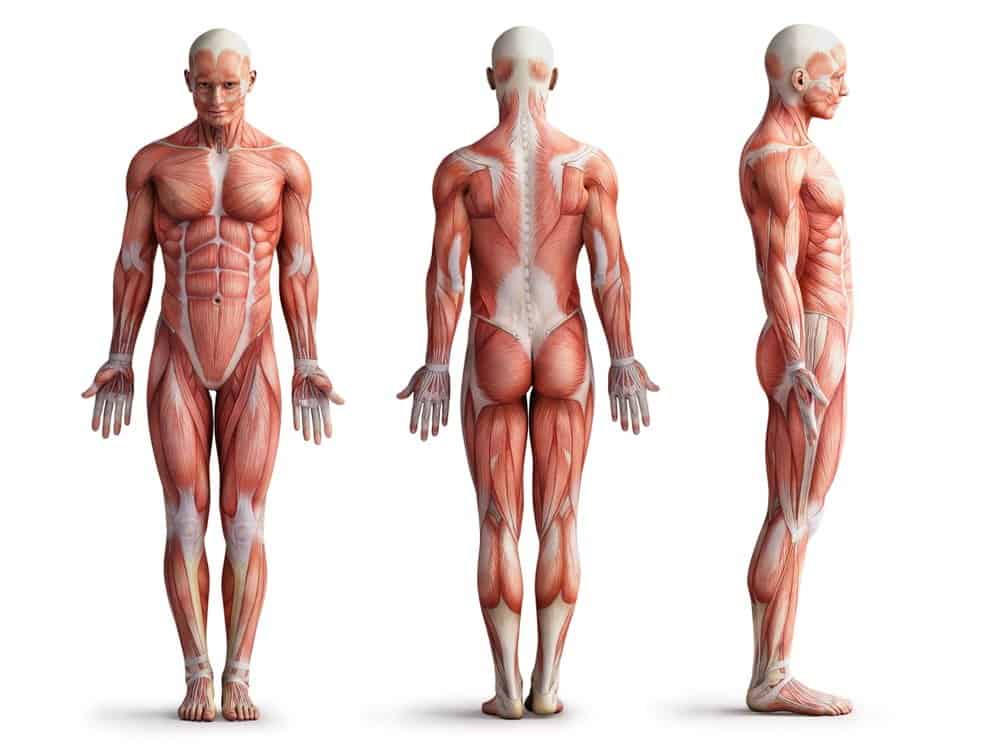
High-Intensity Workout Training (HIIT) is a time-saving strategy to achieve youth health and performance benefits.
Six HIIT sessions over a 2-3 week period have improved muscle strength in physically active men and women. Frequency of age and an exercise that has been shown to enhance the quality of life.
Similarly, maximal strength (peak strength) is an essential determinant of athletic performance throughout life and decreases and decreases over the years.
Both show a significant disadvantage for high-performance competitive athletes. Overcome this physiological deterioration requires training programs tailored to older athletes.
In a recent study from 2017, HIIT training (6 weeks in duration) significantly increased absolute and relative peak power and slightly raised free testosterone in high-level male athletes ages 55 to 65.
This shows that HIIT training can improve peak power and slightly increase free testosterone.
These athletes competed at a high level in water polo, triathlon, track cycling, road cycling, and running various distances.
The HIIT session had six 30-second splits at 40% of maximum power and three minutes of active recovery interspersed.
Taken together, these data indicate a carefully timed placement of HIIT training hours in higher Tremes levels of older athletes, which may lead to a better assimilation environment.
Given an earlier study that detailed peak power recovery in the elderly took approximately 5 days of HIIT, such a carefully timed workout was designed to maintain athletic performance for limited periods. It will be a practical approach (less training time).
HIIT Improves Performance in Intermittent Profile Sports
The ability to perform high-intensity periods, isolate and recover between them is crucial for intermittent profile sports training. Team sports like soccer, basketball, handball, rugby, etc. Racket sports like tennis, paddle tennis, badminton, etc.
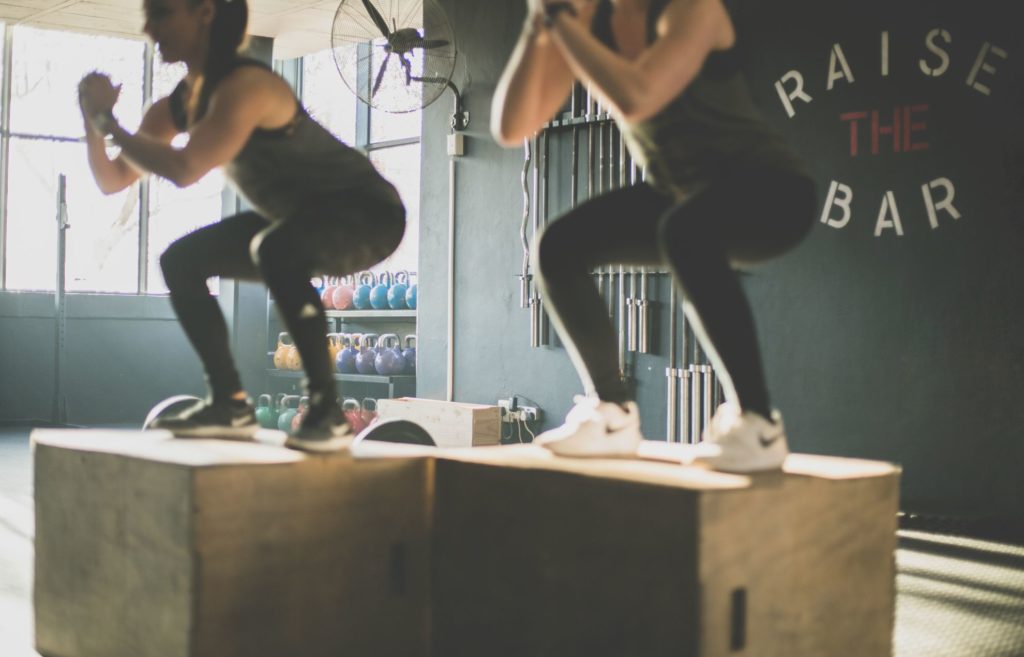
These sports have various strengths, suits, and agility to achieve high-level performance.
A recent study evaluates high-intensity intermittent training as a tool to improve erratic sports performance.
And yes, it is a task of a systematic review of the literature with the appropriate methodologies and guidance, so it is a task that is evaluated and considered.
This study found that high-intensity interval training (HIIT) for the ribs seems to be a good way to deal with all of the above issues. This type of training makes changes in the muscles and bones (like more mitochondria) happen faster than traditional continuous resistance training.
Higher intensity requires less exercise
Higher intensity requires less exercise time to produce beneficial musculoskeletal adaptations. On the other hand, the higher power is more effective with less exercise. Also, low-work HIIT (15 sessions up to 40 minutes) is an excellent way to improve performance and fitness.
HIIT is a more efficient and sport-specific workout with an intermittent profile than long-term continuous training.
Furthermore, HIIT helps cardiorespiratory (increased mitochondrial density). It also improves metabolism (increased glycogen availability) adaptations. These are similar benefits to traditional long-term resistance training obtained.
Therefore, HIIT is more efficient and specific for intermittent profile sports. Sports with continuous long-duration training without typical actions, such as acceleration, braking, and turning.
However, the type of HIIT (duration and concentration, duration of recovery and concentration, etc.) depends on the coach’s purpose with the player and the sport’s particular characteristics.
This last aspect should be considered for other populations since training must be individualized, just like HIIT.
The (eligible) trainer customizes the HIIT training (duration and intensity of the series, time and power of recovery, type of obesity: experienced and trained, elderly, etc.) without risk. Adequate adaptation.
Conclusion
HIIT is a great training tool with many health and performance benefits, but not all work.
References
The Science Behind HIIT Workouts | St. Luke’s Health
https://www.stlukeshealth.org/resources/science-behind-hiit-workouts +
Experts have termed HIIT as the “best form of exercise” for all ages, allowing you to build endurance and challenge your body. The interval workouts require zero equipment, making it …
The Science Behind Hiit Training: Why It’s So Effective
The Science Behind Hiit Training: Why It’s So Effective
HiiT is the antithesis of monotonous, boring moderate-intensity exercise. It takes the intensity up a few notches to give you a workout that’s challenging and effective. HiiT training lets you …
HIIT is changing the way we work out, here’s the science why it works
https://www.sciencefocus.com/the-human-body/hiit-is-changing-the-way-we-workout-heres… +
Perhaps HIIT’s biggest selling point is its efficiency: a workout can last up to an hour, but it can also be completed in 20 minutes or less. Tabata, one of …
HIIT Workouts How-To: The Science, Benefits, and Workouts You Can Do Today
HIIT workouts help you build a stronger, better heart. Research done by Liverpool John Moores University found that HIIT training reduces the stiffness of the aorta and blood vessels. This …
Keeping fit with HIIT really does work – ScienceDaily
Feb. 20, 2019 — Bringing the science of high intensity interval training (HIIT) into everyday life could be the key to helping unfit, overweight people get more of the exercise …
The Science Behind High Intensity Interval Training | HIIT Cardio …
High Intensity interval training (HIIT) or Sprint interval training (SIT) is a training method that has garnered alot of attention within sports science and has become a recent favourite among …
The Science Behind the Afterburn Effect – Shape
High-intensity interval training (HIIT) has become the “it” way to work out over the last few years, with studios and gyms capitalizing on the quick-but-effective way of training that alternates …
The Science Behind HIIT Post-Workout Hunger – MyFitnessPal
This phenomenon is associated with increased calorie burn, which is one of the reasons HIIT is believed to be so effective — you’re going to continue burning calories even after …
Alexios Papaioannou
Mission: To strip away marketing hype through engineering-grade stress testing. Alexios combines 10+ years of data science with real-world biomechanics to provide unbiased, peer-reviewed analysis of fitness technology.
